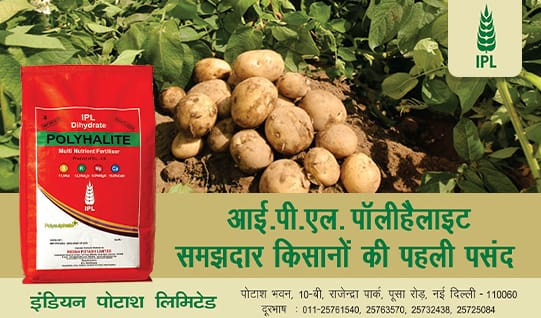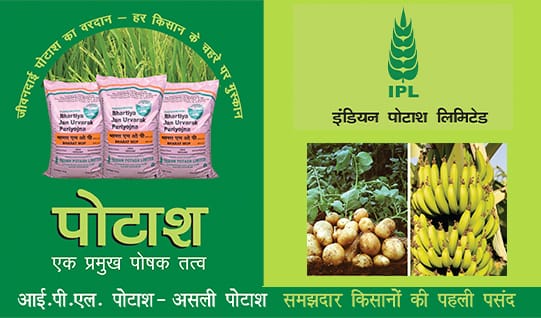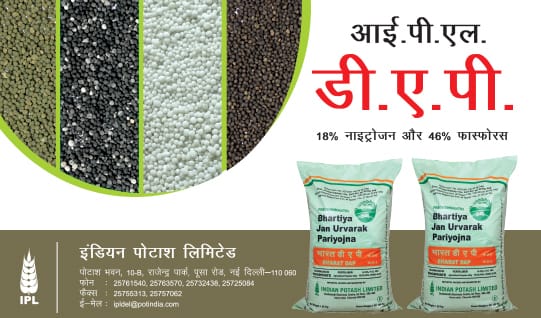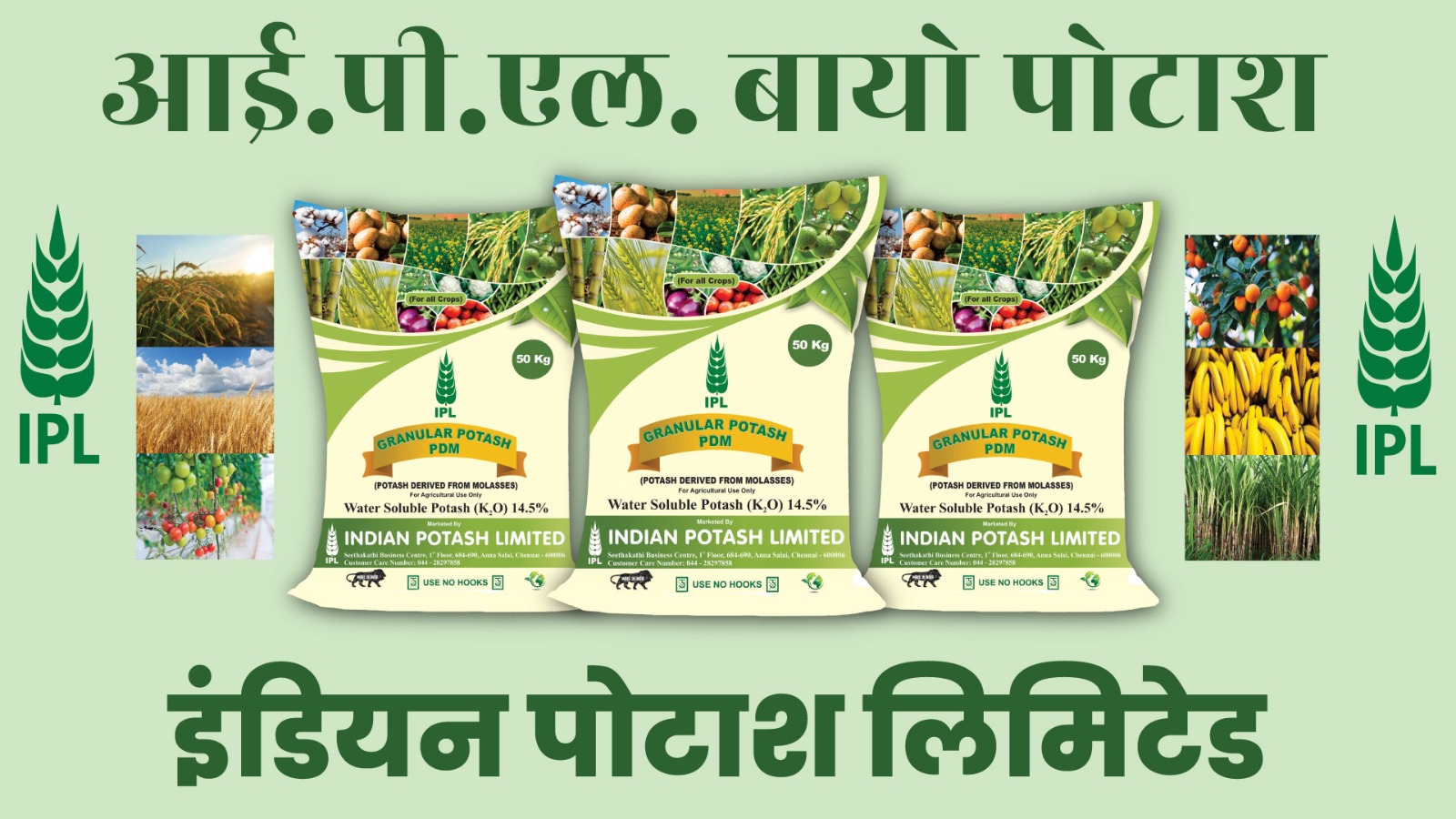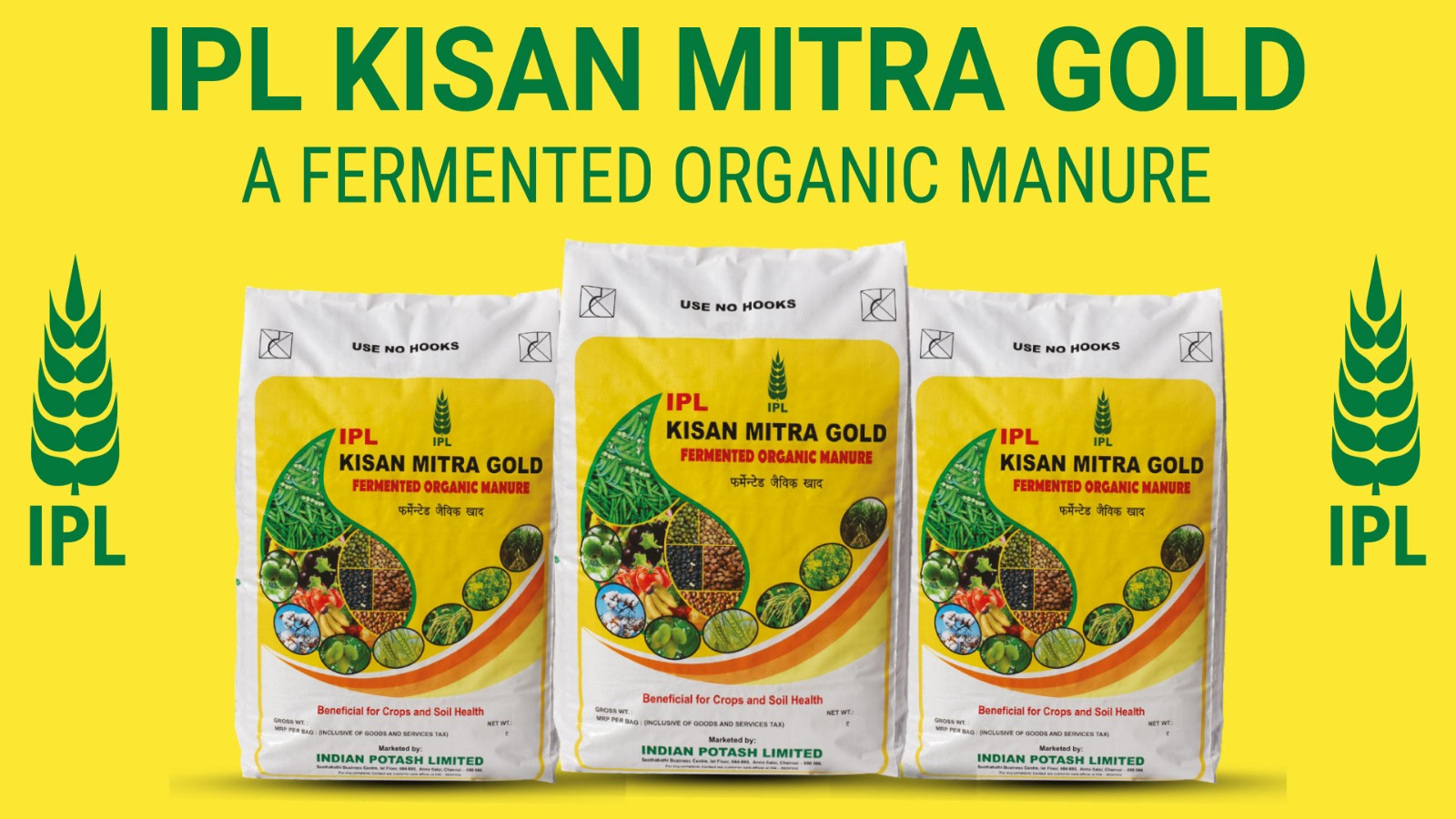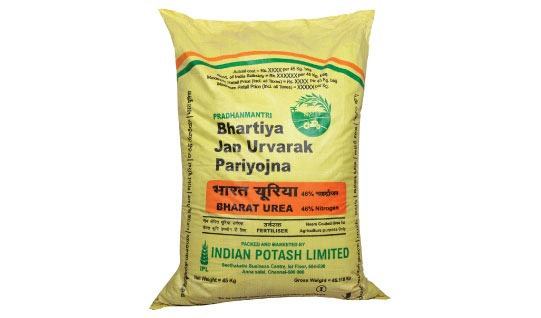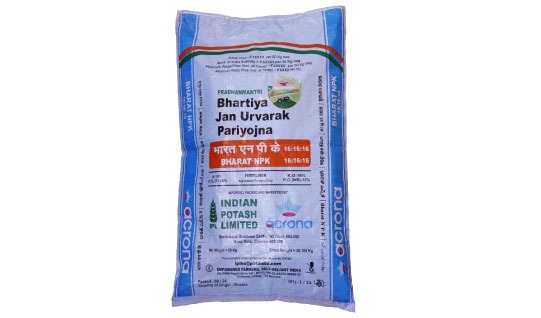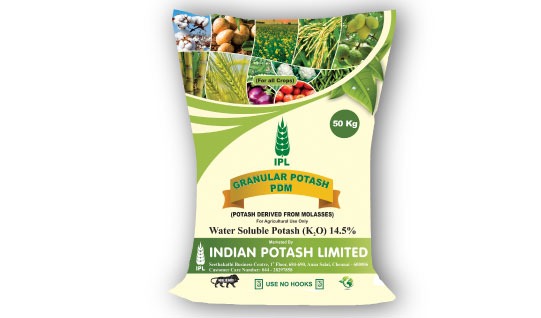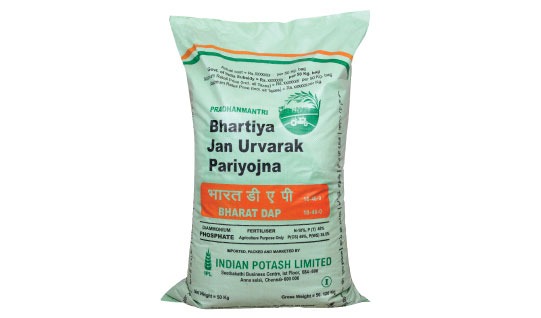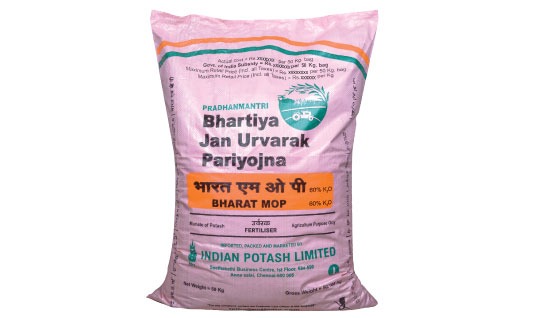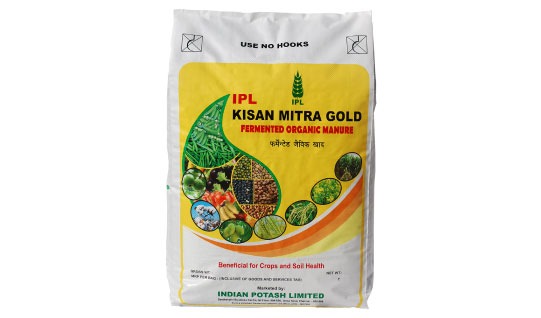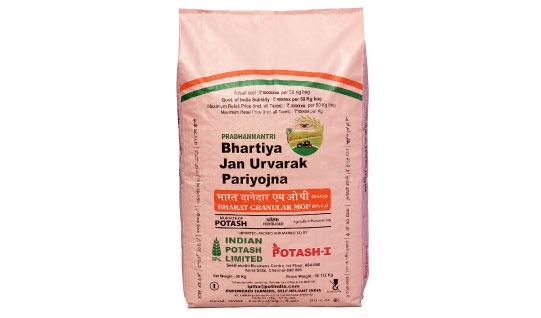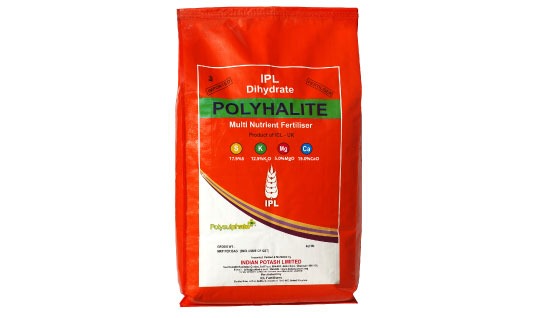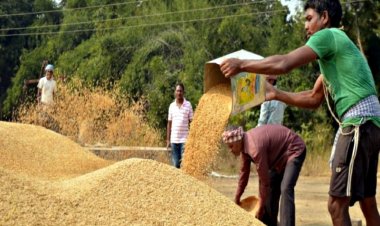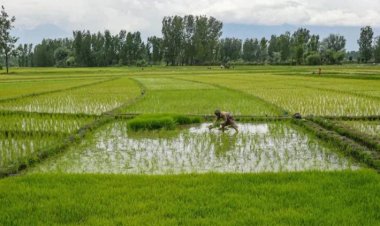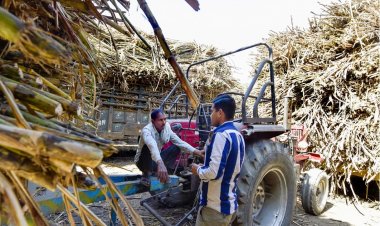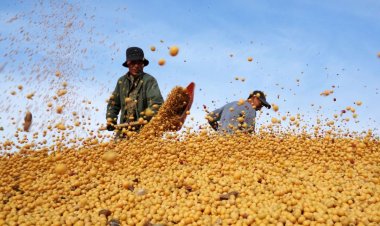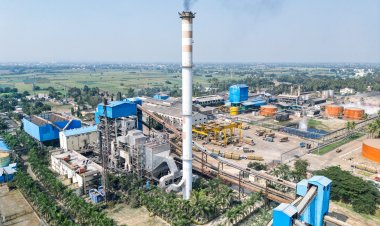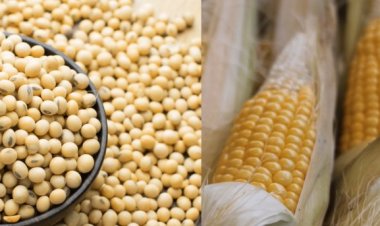Vegetables, Pulses Lead Price Crash; India’s Inflation Nears 6-Year Low
India’s inflation may dip below 3% in May 2025, driven by deflation in food prices, especially vegetables and pulses. However, risks from uneven monsoon patterns and rising sequential prices of perishables like tomato, onion, and potato could impact this outlook.

India's inflation outlook appears to be at a critical juncture, with Bank of Baroda (BoB) economists projecting a potential dip below 3% in May 2025. This optimistic forecast is largely driven by a significant moderation in food prices, as indicated by the BoB Essential Commodities Index (BoB ECI) entering deflationary territory for the first time since January 2019. However, underlying risks, particularly concerning the spatial distribution of the monsoon and its potential impact on perishable goods, warrant close monitoring.
The BoB ECI registered a year-on-year decline of 0.6% in May 2025, a sharp correction primarily attributed to a substantial fall in vegetable and pulses prices, bolstered by improved production. The overall favourable inflation outlook is heavily reliant on this trend in food prices, with the expectation of an above-normal monsoon further supporting this view.
A deeper dive into the BoB ECI reveals widespread deflation across various essential commodities. Ten out of the twenty commodities tracked by the index experienced deflation, with Tomato, Onion, and Potato (TOP) vegetables seeing the most significant decline. Tomato retail prices have been in deflation for five consecutive months, and Potato and Onion prices plummeted by 16.3% and 15% respectively in May 2025 on a year-on-year basis.
The pulses segment also witnessed successive periods of deflation across most sub-components. Masoor dal, for instance, has seen retail price deflation for the tenth consecutive month. Tur/Arhar dal recorded the maximum decline at 18.9% year-on-year in May 2025, followed by Urad and Masoor dal, a trend supported by better domestic production and a 46.3% increase in pulse imports in FY25.
Cereals also contributed to the softening price picture, with retail rice prices falling sharply by 4.5% in May 2025 and Atta (wheat flour) prices moderating to 2.5%. Miscellaneous items like gur, loose tea, and salt packs also experienced broad-based softening.
Sequential Movements and Emerging Concerns
While the year-on-year figures paint an encouraging picture, a closer look at sequential (month-on-month) movements reveals some areas of concern. The BoB ECI declined by 0.1% month-on-month in May 2025, and a sharper 0.5% on a seasonally adjusted month-on-month basis. Edible oils, particularly mustard, soya, and sunflower oil, showed a significant sequential loss of momentum, supported by favourable international prices due to increased supplies from South America.
However, there's a noticeable sequential build-up in the prices of certain items. Tomato retail prices increased by 9.9% month-on-month in May 2025, while Potato prices rose by 3% after an earlier decline. Onion prices, though still declining sequentially by 3.5%, did so at a softer pace compared to April 2025's 9.8% fall. This "crawling back" of prices for TOP items necessitates close monitoring, especially with the early arrival of the monsoon and its potential impact on supply chains.
Implications for RBI and Downside Risks
The projected headline Consumer Price Index (CPI) of 2.7% for May 2025 is expected to provide the Reserve Bank of India (RBI) with further policy space in the current cycle. The sustained moderation in food inflation, coupled with favourable global food and energy prices, and a supportive base effect for Q1FY26, suggests that inflationary pressures are largely on the downside. Furthermore, the significant increase in TOP arrivals (26.4% year-on-year in May 2025) indicates robust supply dynamics. The persistent gap between retail and wholesale prices for tomato and potato also suggests that lower wholesale prices could soon translate into lower retail prices, further aiding disinflation. A moderation in international gold prices in May 2025 (down 2.9% month-on-month) is also expected to help cap core inflation.
Despite the generally positive outlook, several downside risks demand vigilance. While food inflation provides broad comfort, its "fine print" requires careful attention. World Bank data points to an uptick in metal prices (aluminium, copper, zinc) due to frontloading of demand, which could exert pressure. While domestic demand remains supportive, a better monsoon and higher Minimum Support Prices (MSP) could also contribute to some core inflation pressure.
Monsoon's Double-Edged Sword
The most critical factor to watch remains the monsoon. While an above-normal monsoon generally bodes well for agricultural output and prices, its spatial distribution is key. The "earlier than anticipated arrival" and uneven spread of rainfall carry inherent risks, particularly for perishable items like TOP, due to their "Cobweb impact on prices" – where current prices influence future supply and thus future prices.
Already, some major Onion and potato-producing states have witnessed excess or large excess rainfall. This, combined with the observed monthly build-up in TOP prices, raises concerns about potential weather-related supply disruptions in the coming days. For instance, states like Madhya Pradesh and Rajasthan, significant onion producers, and Bihar, Madhya Pradesh, and West Bengal, major potato producers, have received "Large Excess" or "Excess" rainfall. While this could initially boost yields, localized flooding or prolonged wet spells could paradoxically damage crops or hinder transportation, leading to supply shocks and price volatility.
In conclusion, while the current inflation trajectory appears favourable, largely due to strong food production and supportive base effects, the volatile nature of TOP prices and the unpredictable spatial distribution of the monsoon present significant risks. The RBI and policymakers will need to closely monitor these dynamics to ensure price stability in the coming months.
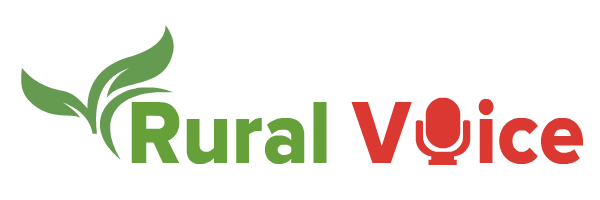


 Join the RuralVoice whatsapp group
Join the RuralVoice whatsapp group
